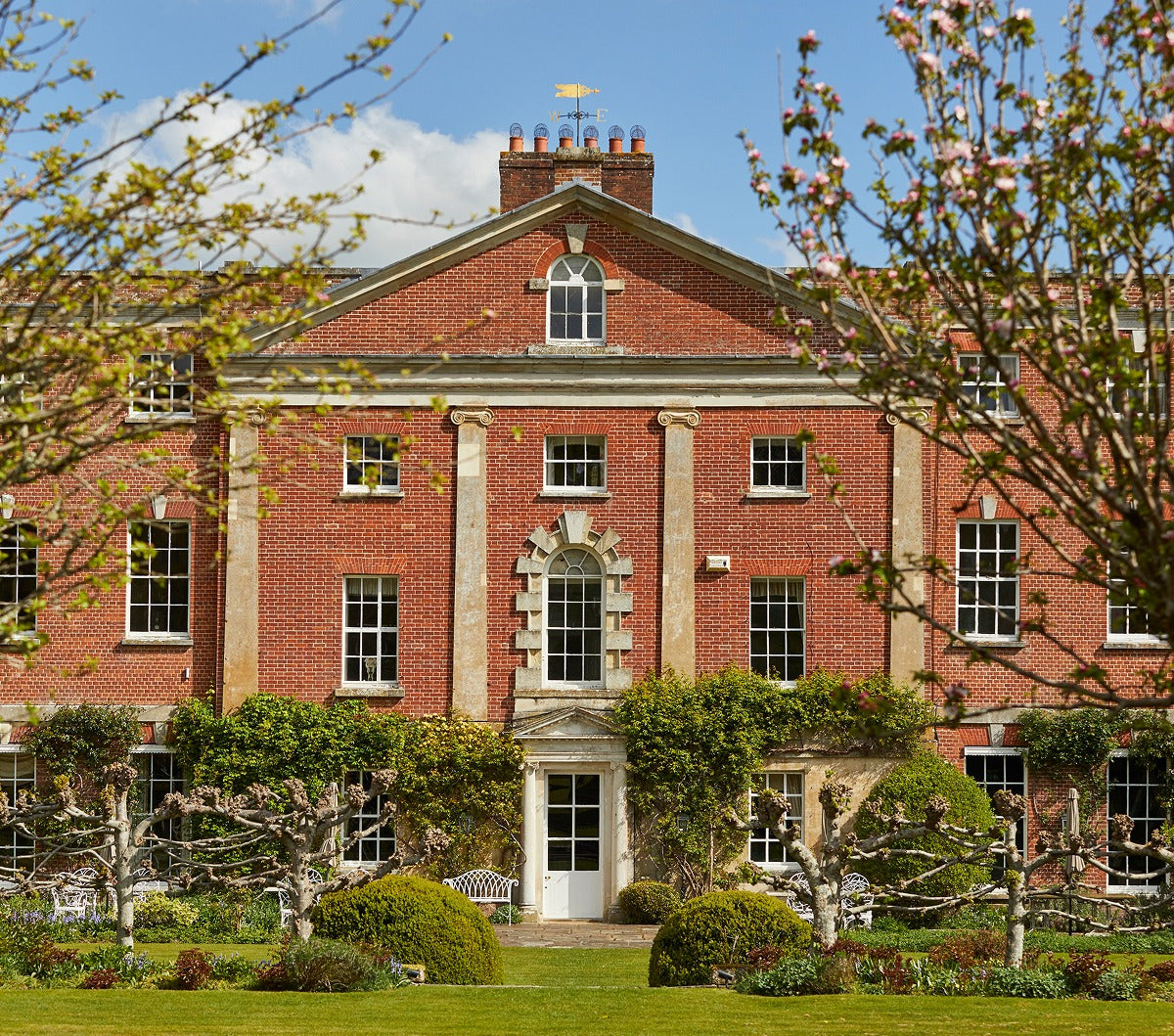Did you know it takes about five litres of water to make one litre of wine? And because the wastewater is acidic, pouring it down the plug hole isn’t an option. So as part of our dedication to sustainability and our ongoing efforts to be a regenerative business, we wanted to find a way to tackle this and ensure that no wastewater leaves the site at all.
This all begins with the three wetlands that are located behind the winery. These are home to several interesting varieties of plant and grass, including sweet-scented rush, marsh marigold, slender spiked sedge, meadowsweet, purple loosestrife, water dock, common bulrush and more.
The natural filtering process starts with large storage tanks that aerate the wastewater before filtering it through straw bale biofilters. We then gravity feed the water through the wetlands, where 20 species of plant produce enough oxygen to purify the water.
Having passed through all three wetlands, the water is no longer considered ‘waste’, and can flow into a willow coppice at the front of our winery, where the water can be reintroduced to the atmosphere, permeating the ground and providing valuable nutrients for the surrounding plants.
Initially, this process may sound a little complicated, but it’s actually a very traditional and natural approach using basic filtering techniques which are harmless, organic and sustainable.
Overall, our wetlands and wastewater process ensures that one organism’s waste becomes another organism’s food. In short, wine waste becomes plant food.
Whilst great wine is the name of the game atnd Penn Croft, sustainability is fundamentally important to us as a business and as individuals too. It’s vital that we take care of our local surroundings, and in turn, our planet too.


